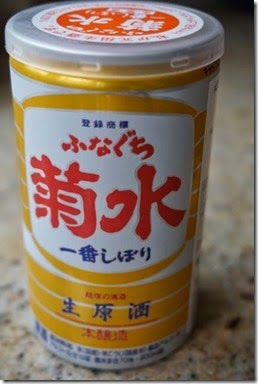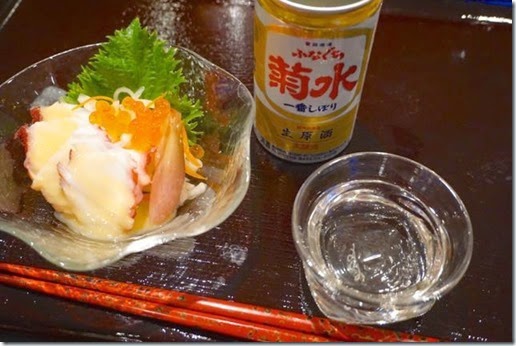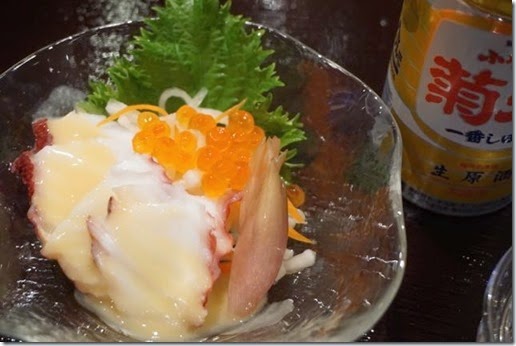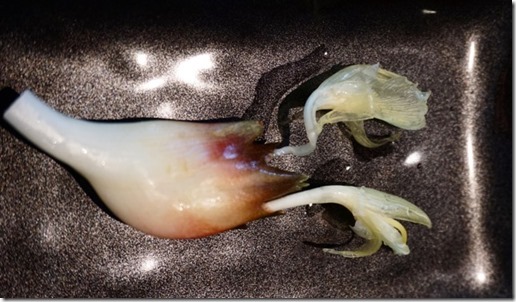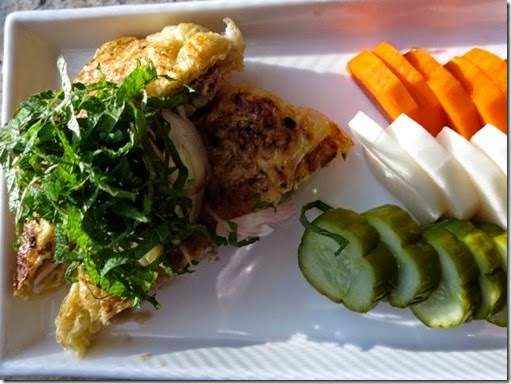
The below shows the gyoza stuffing better.
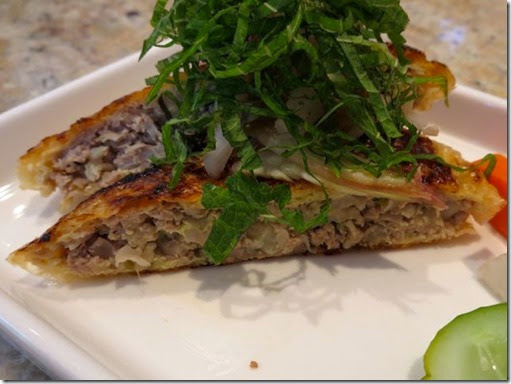
Gyoza stuffing: The recipe I saw used onion, garlic chive, and fermented squid and guts (or "Shiokara" 塩辛) but I stuck to my original gyouza stuffing of ground pork, finely chopped cabbage and scallion seasoned with salt pepper, soy sauce and sesame oil.
Tofu pouch: I used small rectangular tofu pouch called "sushi age" which is meant to be used to make "Inari sushi いなり寿司". This is much smaller than regular abura-age. I used frozen ones I had in my freezer. I thawed it at the room temperature for 30 minutes and then poured hot water over them in a colander to completely thaw and remove excess oil ("abura nuki" 油抜き). I pressed them between the paper towels to remove any excess water. Using a rolling pin, I went back and forth over the tofu pouch which helped separate the two layers. I opened the abura-age from the shorter end and using my fingers separated the two layers to make a pouch.
Assembly: I put in the gyouza stuffing in the pouch and flattened it to make sure the stuffing is evenly distributed.
Cooking: I suppose I could have cooked these in a toaster oven but I cooked then on a dry non-stick frying pan. Turning several times on low flame, I cooked them until the surface was brown and the meat stuffing completely cooked.
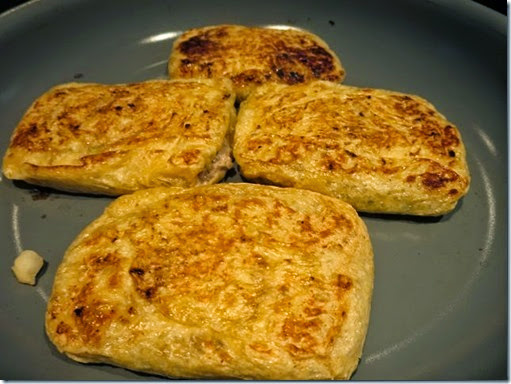
I cut them diagonally and served it with chiffonade of perilla and myouga. I poured on a small amount of noodle dipping sauce (from a bottle).
We were not impressed with this dish. The tofu pouch was not crispy enough and we much prefer the regular gyouza skin. Maybe, cooking this in a toaster oven could have been better. At least, I got one post from this dish.
P.S. Few days later, we heated the leftover tofu pouch gyoza in the toaster oven. We placed them on a rack over a small cookie sheet and warmed them up in the 350F preheated oven for 5-6 minutes. Then, switched to the broil mode, turning once, until both sides browned(1 minute each, be careful of over broiling and causing them to smoke). The result was much better. The abura-age skin got very crispy. In addition, I made a dipping sauce (equal mixture of soy sauce and rice vinegar, Japanese red pepper powder, sesame oil, and finely chopped scallion). This rather assertive dipping sauce made this dish even better. So next time we make this, I will bake it rather than pan-fry.















